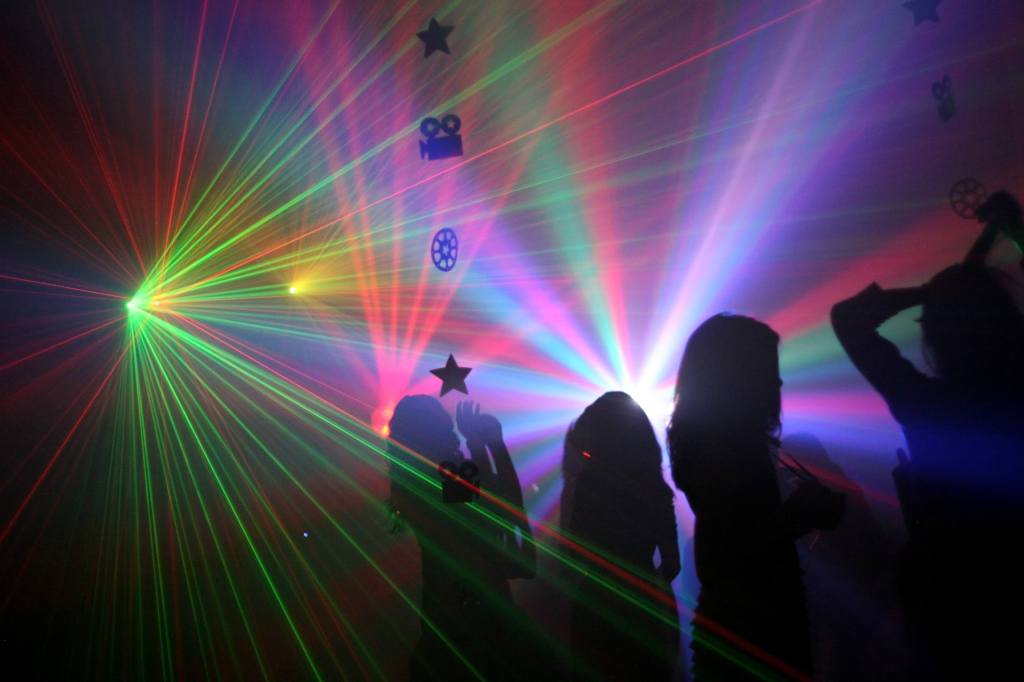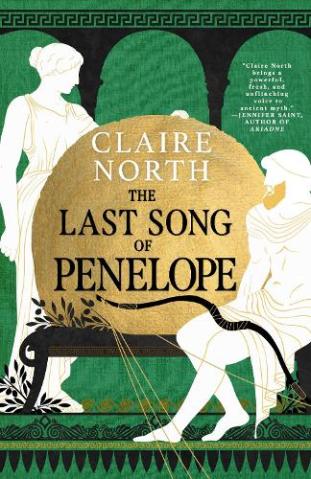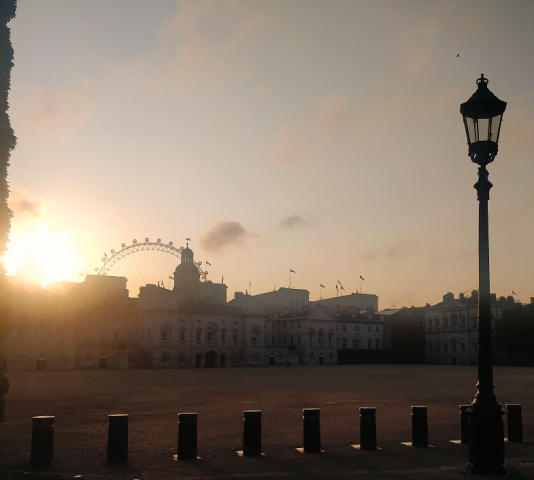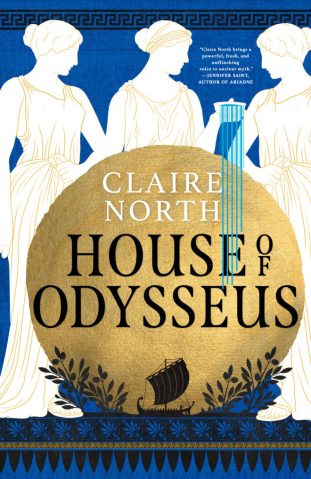Directors directors directors

It’s been a few years since I left Ra-de-da (as it’s known) to become a lighting designer, and in that time, I have met, I think, possibly every size, shape and extremity of theatre director you can imagine. From the cankerous through to the charming, the cultivated through to the crude, there’s no getting round it – theatre directors do not live or work by the same rules as the rest of humanity.
Thankfully, as an LD, neither do I. Lighting designers are notoriously hard to understand any under circumstances. Ask a simple question – ‘why is that bit of stage dark?’ and if you’re unlucky, you’ll get an answer like this:
‘Yeah, we’ve got an issue on the hard patch up to the 5k that should be doing the coverage. Basically the IP on the smartrack’s off and we’ve been trying to reset it but it isn’t sticking so we were gonna bring in a beta but it can’t handle 5k output so now we’re trying to run some 32A in from the other side but the cable isn’t stretching so we’re looking at stepping down then stepping up again from a local source and just inhibiting the output on the desk, you get me?’
After a while, you notice that directors stop asking precise questions. Instead, they learn that the secret is to point and go ‘fix it’. As tactics go, this seems to work…
However, even though as an LD I try to be adaptable and work to the style of whatever director I’m currently dealing with, they come in so many shapes and sizes! There’s the old-school of director, the, ‘too dark. It’s too dark. It’s too dark! Oh, wait, where are my glasses…?’ These elderly gentlemen – invariably, I’m afraid, gentlemen – neither understand nor trust this newfangled technology thing, and dislike moving lights on basic principal. ‘Shakespeare didn’t need moving lights!’ comes the cry, to which the only answer could possibly be, ‘King Lear? Tempest? Pericles? Midsummer Nights Dream? Call me nuts, but I think with all that thunder and magic, he might have just given them a go….’
‘Now then,’ added another director, his hands folded earnestly on the table before me, eyes looking seriously into mine at our very first meeting. ‘I don’t know much about lighting, but I know what I like. As I see it, there’s only two colours in lighting – blue, and orange, and I like orange.’
Being the hardened hack that I am, I managed to put off weeping until I got home…
In the venue itself, as you attempt over three desperate days to tie together a show that the actors have worked on for six luxurious weeks, directorial guidance can be no less soul-destroying.
‘It’s a bit… well, it’s rather… I think it’s a bit… so if you could just… then that would be….’ explains the director.
‘Darker, lighter, warmer, colder, glumer, chipper, sexier, bluer, greener… give me something!’ wails our struggling lighting designer in response to this loose assault on their sanity.
‘Yes! Yes. Try that!’ comes the reply.
At the other extreme of directorial ignorance about lighting, I have had a couple of directors who will sit in the auditorium, or worse, stand on stage, and point at a unit and say, ‘That there! Why isn’t that on?’
‘Because it’s not needed,’ I explain, attempting to channel the spirit of the Gautama in my reply.
‘But surely it should be on?’
‘Nope.’
‘Why not?’
‘Because it’s not needed.’
‘I think you should turn it on.’
‘I don’t.’
‘Can I see it on? There! That’s much better already, isn’t it?’
‘I haven’t turned it on yet,’ the LD sighs.
Such directors fall into that classic school of ‘up five percent… up five percent! Too bright! Down five percent. Too bright! Down five percent. Down five percent. Too dim! Up five percent… ah, that’s perfect, isn’t it?’ that you can all too often meet as, sat behind the lighting desk, you wish your brains were splattered across the nearest smoking parcan.
Then there are the genuine tyrants. I’ve met only a few, and avoided them since. ‘Do it better!’ roared one particularly unhinged director at his sweating actors, while all around him the technical team hoped he didn’t notice that we existed. ‘This is f***ing s**t!’ screamed one director who was later not only banned from the theatre where he was working by its management, but who was later sued by equity for non-payment of his cast and crew. ‘Why the f**k are you all so f**king s**t!’ he would growl from the back of the theatre, never to anyone in particular, but loud enough to the entire theatre to hear.
‘They’re all against me,’ came the whimper of yet another director who, having decided to perform quite possibly the worst script I’ve ever read in my life, and having failed to rehearse his cast to any semblance of expertise, at once concluded that the production manager, set designer, musical director, stage manager and of course, lighting designer, were all conspiring against him for reasons unknown. Don’t get me wrong – I understand how the complete immersion in a play, the absolute commitment and strength of vision required to get a play off the ground, can send people just a little bit do-lally. But there’s fun, doughnut-scoffing do-lally that all creative teams know and love, and then there’s plain, blind bullying, and it’s too easy to teeter on the wrong side of that line.
However, before you think that it’s all egos, tantrums and ninnies who wouldn’t recognise a nice bit of backlighting if it hit them in the face, there are some genuinely wonderful and occasionally inspiring directors out there. Two of the finest examples in fact work, not with professional actors, but with children and youths aged 12-24. Their skill is not only in picking good scripts and following it through with fantastic clarity, but in raising from their junior actors such commitment, passion and confidence that you would barely recognise the frightened cast of week 1 from the talented, engaging actors of week 8. ‘Alright you little baggots!’ declared one of the few female directors I’ve ever worked with, and incidentally, loved working with, ‘It’s sexy time!’ And at this rousing call to resume the technical rehearsal, what cheers came from her cast, but also what dedication and delight in the thing they did, above and beyond anything you’re likely to see from a professional cast of full-time actors.
‘It’s okay,’ declared another of my favourite directors, as I sat screaming abuse at a particularly difficult bit of lighting technology. ‘I have perfect faith.’
How wonderful these words, how delightful to know that your team actually trusts you, knows that you get it, that you get the thing that they get, and trust you to just get it done. Because the simple truth is, a lighting designer isn’t paid enough to deal with all the grief of a difficult director. Economically, we have to survive by flitting, moth-like, from one production to the next, and so if YOU give me grief, rest assured I will be gone at the first available opportunity. But a few intelligent words, an understanding nod and a director who knows that you’ll do the best by them, and is happy to work with you to do the best by them, makes the world of difference.





